Here's an answer for C++, you can probably convert it easily to python/numpy.
The idea is to use a border region before performing CLAHE and crop the image afterwards.
These are the subimage regions in the original image:

and they will be copied the the left/right of the image like this:

Maybe you can reduce the size of the border strongly:
int main()
{
cv::Mat img = cv::imread("C:/data/SO_360.jpg");
int borderSize = img.cols / 4;
// make image that can have some border region
cv::Mat borderImage = cv::Mat(cv::Size(img.cols + 2 * borderSize, img.rows), img.type());
// posX, posY, width, height of the subimages
cv::Rect leftBorderRegion = cv::Rect(0, 0, borderSize, borderImage.rows);
cv::Rect rightBorderRegion = cv::Rect(borderImage.cols - borderSize, 0, borderSize, borderImage.rows);
cv::Rect imgRegion = cv::Rect(borderSize, 0, img.cols, borderImage.rows);
// original image regions to copy:
cv::Rect left = cv::Rect(0, 0, borderSize, borderImage.rows);
cv::Rect right = cv::Rect(img.cols - borderSize, 0, borderSize, img.rows);
cv::Rect full = cv::Rect(0, 0, img.cols, img.rows);
// perform copying to subimage (left part of the img goes to right part of the border image):
img(left).copyTo(borderImage(rightBorderRegion));
img(right).copyTo(borderImage(leftBorderRegion));
img.copyTo(borderImage(imgRegion));
cv::imwrite("SO_360_border.jpg", borderImage);
//# CLAHE(Contrast Limited Adaptive Histogram Equalization)
//clahe = cv2.createCLAHE(clipLimit = 1., tileGridSize = (6, 6))
// apply the CLAHE algorithm to the L channel
cv::Ptr<cv::CLAHE> clahe = cv::createCLAHE();
clahe->setClipLimit(1);
clahe->setTilesGridSize(cv::Size(6, 6));
cv::Mat lab;
cv::cvtColor(borderImage, lab, cv::COLOR_BGR2Lab); // # convert from BGR to LAB color space
std::vector<cv::Mat> labChannels; //l, a, b = cv2.split(lab) # split on 3 different channels
cv::split(lab, labChannels);
//l2 = clahe.apply(l) # apply CLAHE to the L - channel
cv::Mat dst;
clahe->apply(labChannels[0], dst);
labChannels[0] = dst;
//lab = cv2.merge((l2, a, b)) # merge channels
cv::merge(labChannels, lab);
//img2 = cv2.cvtColor(lab, cv2.COLOR_LAB2BGR) # convert from LAB to BGR
cv::cvtColor(lab, dst, cv::COLOR_Lab2BGR);
cv::imwrite("SO_360_border_clahe.jpg", dst);
// to crop the image after performing clahe:
cv::Mat cropped = dst(imgRegion).clone();
cv::imwrite("SO_360_clahe.jpg", cropped);
}
Images:
input as in your original post.
After creating the border:

After performing CLAHE (with border):

After cropping the CLAHE-border-image:








